
This wooden saddle (below) was found with a third-century a.d. burial of a nomadic equestrian in Mongolia. A leather strap, to the left, threaded through an opening in the saddle may be the earliest evidence for riding stirrups. An iron bit (below, right) with antler cheekpieces was also found in the cave.
SIX YEARS AGO, POLICE in Mongolia’s western Khovd Province apprehended looters in possession of a set of unusual artifacts. The group had taken a birch saddle, an iron bit with antler cheekpieces, and wooden archery equipment from an ancient coffin tucked into a cave on a mountain known as Urd Ulaan Uneet in the Altai range. Suspecting the objects were historically significant, the police contacted archaeologist Jamsranjav Bayarsaikhan of the National Museum of Mongolia. Bayarsaikhan knew examples of ancient horse tack are very rare, so he and his team made the trip to far western Mongolia to collect the objects and study the site. He was immediately impressed by the saddle, which was painted deep red with black trim. “It looks like it could have been ridden yesterday,” Bayarsaikhan says. At Urd Ulaan Uneet, the team recovered the remains of a man and his clothing, including sheep- and badger-hide jackets and a pair of sheep-hide pants. They also found the mummified remains of a horse that was likely interred with the man in a ritual practice known as a “head and hoof” burial that has been typical of steppe people in Eurasia for millennia. The horse was a chestnut with ear tags, or notches, which were used by nomadic people to mark their mounts.
Denne historien er fra September/October 2021-utgaven av Archaeology.
Start din 7-dagers gratis prøveperiode på Magzter GOLD for å få tilgang til tusenvis av utvalgte premiumhistorier og 9000+ magasiner og aviser.
Allerede abonnent ? Logg på
Denne historien er fra September/October 2021-utgaven av Archaeology.
Start din 7-dagers gratis prøveperiode på Magzter GOLD for å få tilgang til tusenvis av utvalgte premiumhistorier og 9000+ magasiner og aviser.
Allerede abonnent? Logg på
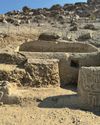
ORIGINS OF PERUVIAN RELIGION
While investigating looters' holes at the site of La Otra Banda in northern Peru's Zaña Valley, archaeologist Luis A. Muro Ynoñán of the Field Museum and the Pontifical Catholic University of Peru spotted carved blocks around seven feet below the surface.
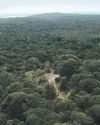
ISLAND OF FREEDOM
Many of the enslaved Africans sent to Brazil beginning in 1549 were from what is now Angola, where one of the most widely spoken languages was Kimbundu.
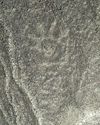
NAZCA GHOST GLYPHS
From the 1940s to the early 2000s, geoglyphs were discovered in the Nazca Desert of southern Peru depicting animals, humans, and other figures at the rate of 1.5 per year.

COLONIAL COMPANIONS
The ancestry of dogs in seventeenth-century Jamestown offers a window into social dynamics between Indigenous people and early colonists.
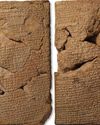
BAD MOON RISING
The British Museum houses around 130,000 clay tablets from ancient Mesopotamia written in cuneiform script between 3200 B.C. and the first century A.D.
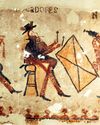
DANCING DAYS OF THE MAYA
In the mountains of Guatemala, murals depict elaborate performances combining Catholic and Indigenous traditions
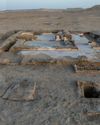
LOST GREEK TRAGEDIES REVIVED
How a scholar discovered passages from a great Athenian playwright on a discarded papyrus

Medieval England's Coveted Cargo
Archaeologists dive on a ship laden with marble bound for the kingdom's grandest cathedrals
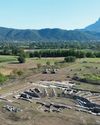
Unearthing a Forgotten Roman Town
A stretch of Italian farmland concealed one of the small cities that powered the empire
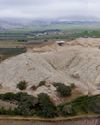
TOP 10 DISCOVERIES OF 2024
ARCHAEOLOGY magazine reveals the year's most exciting finds